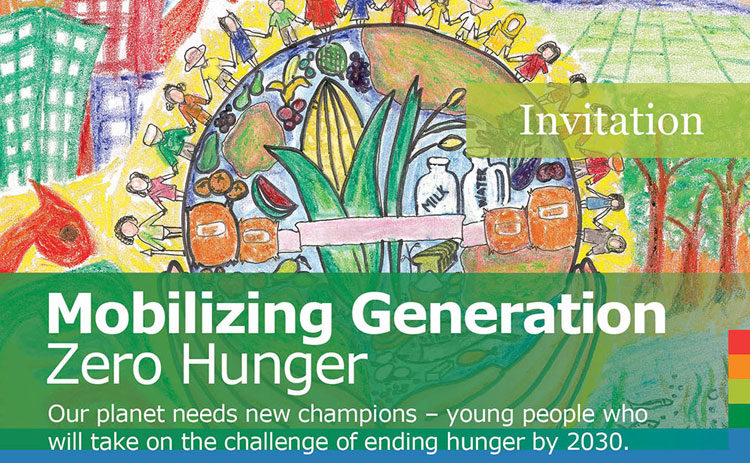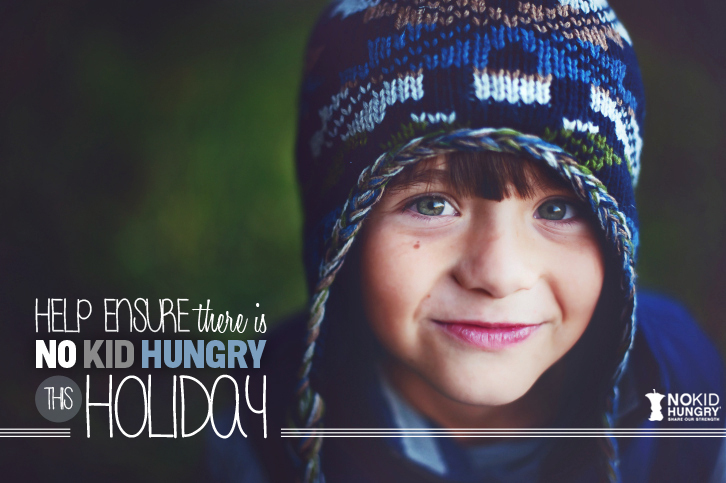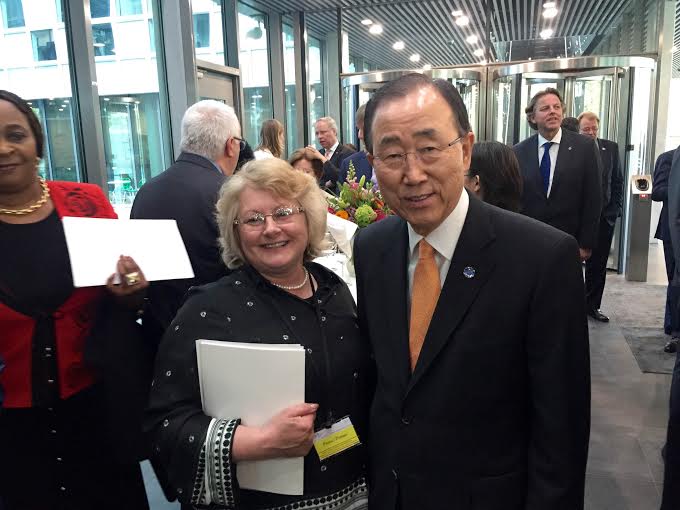By
Cynthia M. Lardner
Hunger is a globally endemic problem impacting global stability and impeding peace. As President Barack Obama stated, “Hunger, disease and poverty can lead to global instability and leave a vacuum for extremism to fill. So instead of just managing poverty, we must offer nations and people a pathway out of poverty. And as President I’ve made development a pillar of our foreign policy, alongside diplomacy and defense.”
Hunger is more than the deprivation of healthy and sustained sustenance. Hunger creates wars like the five year drought and famine that precipitated the Syrian War against the rule of its President Bashar al-Assad. Hunger creates protests fueled by desperation like those ongoing in Venezuela, where basic necessities are unobtainable even if money is available. Hunger and poverty is America’s fuel that courses through the racial “Cradle to Prison” pipeline. Poverty and hunger elects presidents like President-Elect Donald Trump.
Hunger creates a vicious cycle. While over 60% of the world’s impoverished are women, the greatest impact is on our youngest and most vulnerable global citizens. For instance, a child who grows up hungry is likely to be illiterate and unable to provide for one’s family and self.
Unlike other issues confronting humanity, hunger and even poverty can be overcome. Today the world produces more food than at any other time in history. As the late Nelson Mandela astutely stated, “Overcoming poverty is not a task of charity, it is an act of justice. Like slavery and apartheid, poverty is not natural. It is man-made and it can be overcome and eradicated by the actions of human beings. Sometimes it falls on a generation to be great. You can be that great generation. Let your greatness blossom.”
“Resilience is providing people with hope and opportunity, giving people the ability to move past the shocks that will come. That requires investing in jobs, education and nutritious food. These are the kinds of things that will make a difference,” stated Ertharin Cousin, Executive Director of the World Food Programme.
As United Nations Secretary-General Ban Ki-moon stated, “Youth are more than victims of poverty and economic downturn – they can be agents of change. We need to do more to create jobs for young people and to support young entrepreneurs so they can create jobs for others.”
If all students left school with basic reading skills 171 million people would be lifted out of cyclical poverty. An educated adult is more likely to use energy and water more efficiently, choose environmentally conscious companies, rely on local resources, and recycle household waste. It is a partial solution to slowly impact climate change. This will only occur if related vestiges of poverty, including hunger, are eliminated.
This article is about how you can make a difference.
Why Should You Care?
-
842 million people or one out of eight individuals lacks sufficient food to be healthy.
-
By age three impoverished children have heard 30 million fewer words, they are less likely to have access to health care, are less likely to complete high school and are more likely to be unemployed as adult.
-
More than 12 million American children or 1 out 5 live in households struggling to provide food.
-
Children who eat breakfast have higher attendance, have a 17.5 increase in standardized maths scores, and are 20% more likely to graduate from high school, earn more than $10,000 per year, and are less likely to experience hunger as adults, yet in the United States according to teachers 62 percent of children go to school hungry.
-
One in seven American senior citizens struggle with hunger.
-
According to UNICEF, when compared to other countries, America, the supposed global leader, ranks 15th, with a 25.6% poverty rate for children.
-
Two out of three Americans will live in poverty for at least one year at some point in their lives.
-
Today, 10.2 million American seniors – or one in six – may not know from where their next meal will come.
-
2 million seniors in the U.S. are isolated, living alone and 18.4 million seniors have difficulty paying for basic living needs
-
The U.S. senior population is projected to double by 2050
-
If the world lived like Americans the earth would need to be five times larger.
-
The vast majority of the world’s hungry live in fragile climates prone to climate hazards.
-
Children born during a disaster are more likely to be malnourished.
-
By 2050 climate change could increase hunger and child malnutrition by 50 percent.
-
A report “Global Food; Waste Not, Want Not” found that between 30% and 50% or 1.2-2 billion tons of food produced around the world never makes it to the table.
-
A 2015 study evidenced that United Kingdom households discarded 7 million tons of food in 2012 – enough to fill London’s Wembley Stadium nine times – and generating 7 million tons of CO2 emissions.
-
Food waste has a staggering an annual price tag of $7 trillion dollars.
-
A whopping 70 percent increase in the amount of solid waste generated by urban residents is forecast between now and 2025.
-
Food production needs to increase by at least 60 percent over the next 35 years to provide food security for a projected population of eight billion people.
-
For every dollar invested in nutrition there is a $16.00 return on investment. Even one dollar can make a difference.
Global citizens can and should help end hunger. As Mother Teresa said, “If you can’t feed a hundred people, then feed just one.”
Global Goals
The United Nations’ Sustainable Development Goals (SDG) are the world’s global goals for 2030. SDG 1, ending poverty, and SDG 2, achieving Zero Hunger, are interrelated. The specific goals of Zero Hunger are:
Zero stunted children under 2 years old;
100% access to adequate and healthy food year round;
From production to consumption sustainable and climate resilient food systems;
100% increase in smallholder productivity and income in rural areas;
Adoption of systems to reduce waste or loss of food; and
An end to malnutrition in all its forms.
Closely related is SDG 12, responsible and sustainable consumption and production at all levels. We can all help meet SDG 12’s goals by purchasing recycled products, buying from companies that source recycled products, buying Fair Trade products, eating seasonal and locally grown food, buying food in smaller quantities, recycling, composting, and always asking before making a purchase, “Do I really need this?”
Share the Meal
Achieving Zero Hunger is the focus of The World Food Programme (“WFP”). You can help by:
-
Downloading the Share the Meal App where for $.50, for less than the price of a Frappuccino at Starbucks, you can provide a hungry child with a meal whenever you are able.
-
Writing to your elected leaders enacting local or state legislation requiring the mandatory donation of newly expired food, which can still safely consumed after the expiration date, by grocery stores to local food banks for distribution. These programs, such as Forgotten Harvest in metro Detroit, Michigan, already exist in some communities. Learn more at http://www.forgottenharvest.org/.
-
Be a community champion – volunteer at a soup kitchen, start a grassroots initiative – there are many ways to get involved.
-
Donating to the WFP
-
Sharing #ZeroHunger online. The Twitter address is (@ZeroHunger)
-
Changing your Facebook profile picture to show your support and to highlight the importance of this programme. Instructions can be found on the website.
For more ways you can help visit http://www.wfp.org/help and http://cdn.wfp.org/zerohunger/. There is also a video available at http://m.wfp.org/videos/focus-zero-hunger-el-ni%C3%B1o-2016.
No Kid Hungry
One programme successfully operating in the United States is No Kid Hungry which has provided 345 million meals to children. A one dollar donation can provide up to 10 meals. No Kid Hungry is a lean operation. Out of the proceeds raised 69 percent go directly to feeding children, 23 percent accounts for fundraising and a mere 8% goes to management and general costs.
No Kid Hungry offers a full range of ways you can get involved, including sponsoring a bake sale, delivering food, and shopping and dining with its business partners. Learn more and take the No Kid Hungry Pledge at http://nokidhungry.org/Pledge. Follow on Twitter at @Nokidhungry.
Meals on Wheels
According to Ellie Hollander, President and CEO, Meals on Wheels America, “For millions of seniors, Meals on Wheels is literally the difference between remaining in their own homes and needing to relocate to a nursing facility. The nutritious meal, friendly visit and safety check help them cope with three of the biggest threats of aging: hunger, isolation and loss of independence. And, research proves that when seniors have the right support, they gain greater quality of life, need fewer hospital stays and live longer.”
Meals on Wheels programmes in Australia, Canada, Ireland, the United Kingdom and the United States serve the elderly and disabled. Meals on Wheels programmes generally operate at the county level or smaller. Programmes vary widely in their size, service provided, organisation, and funding.
Most provide one nutritious meal per day to individuals who are:
-
Primarily homebound;
-
Unable to easily prepare nutritious meals;
-
Without consistent daytime assistance from another person;
-
Able to accept meals during the delivery time frame; and
-
Live in a geographic area serviced by the programme.
In the U.S. Meals on Wheels provides seniors with 2.4 million meals annually.
Other Meals on Wheels programming includes veterans’ services, home repairs, case management and even respite programs for caregivers.
Do an internet search to find out if there’s a programme near you and find how you can get involved. If there’s no programme find out how you can get one started in your community.
Information about Meals on Wheels programmes in the United States can be accessed at https://www.americaletsdolunch.org/faq/.
Conclusion
Along with global organisations, like the World Food Programme, there exist many grassroots programmes to stem the tide of hunger and poverty. The choice to participate should be automatic. How you make a difference is your decision. Remember, it does not take money to lend a helping hand to an organization.
The author with United Nation Secretary-General Ban Ki-moon at the inauguration of the new ICC complex on April 19, 2016





No Comments Yet!
You can be first to comment this post!